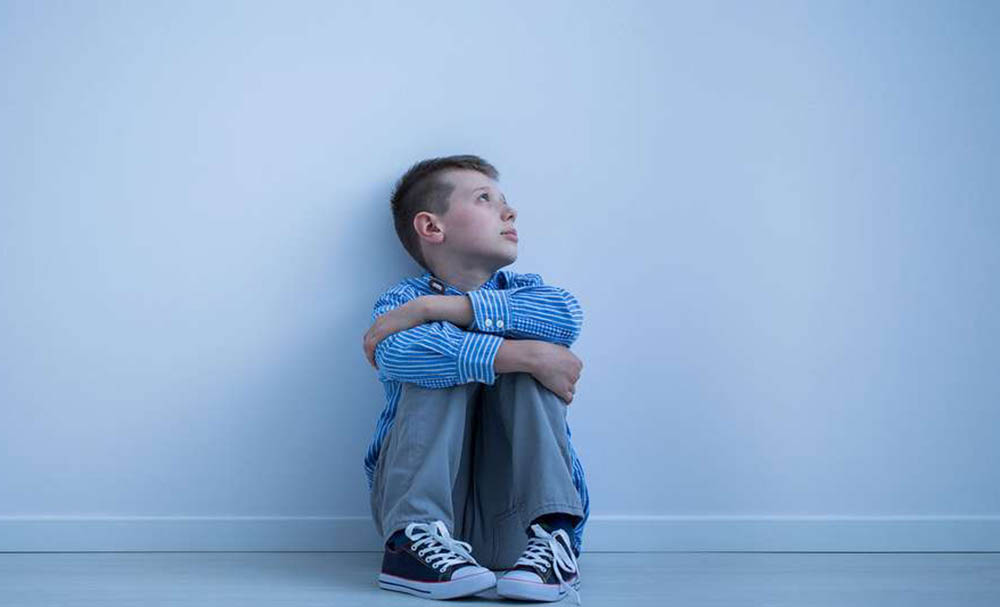The National Network of Child and Adolescent Psychiatric Emergency Services is organized into regional emergencies, with the D. Estefânia Hospital serving, in addition to Lisbon and the Tagus Valley, the population of Alentejo and the Algarve.
In force since Friday, the National Network of Emergency Child and Adolescent Psychiatry Services includes three emergency teams designated by North, Center and Region of Lisbon and Tagus Valley, Alentejo Region and Algarve Region.
To Lusa, the national coordinator of mental health policies, Miguel Xavier, explained that the regulation maintains three service points at national level because, “taking into account the casuistry and the specificity of the situations that require urgent care”, this number is considered “sufficient” to cover the needs of the country”.
In the annex to the regulation consulted by the Lusa agency, it is read that in the North the regional pediatric emergency department will work at the Centro Materno Infantil do Norte, which belongs to the Centro Hospitalar Universitário do Porto.
In the Centre, the Child and Adolescent Psychiatric Emergency is headquartered at the Hospital Pediátrico de Coimbra and, in Lisbon, at the Hospital D. Estefânia, part of the Centro Hospitalar Universitário de Lisboa Central.
The three cases include the physical presence of a dedicated team seven days a week from 08:00 to 20:00, with the last admission at 19:00.
The urgent care of child psychiatry will only work during the day.
At night, children and young people are evaluated and guided by general pediatric emergencies which, depending on their nature, refer cases for urgent or scheduled care.
“This model guarantees the sequence of care and patient safety, mobilizing resources to reinforce programmed outpatient responses. The experience of this model, which has operated in the North region for many years, has demonstrated safety and quality in care, replicating models and good practices used in other European countries”, justified Miguel Xavier.
The Child and Adolescent Psychiatric Emergency is a specialized emergency service that aims to deal with situations that cannot wait for a scheduled appointment.
The regulation underlines the importance of contacting the SNS24 line before resorting to health units.
In emergency situations, contact must be made directly to 112.
It will be up to each hospital to ensure the formation of emergency teams.
The standard medical teams must be constituted according to the area covered and the history of emergency episodes, being complemented by intern doctors with specialized training in each institution.
The regulation reads that “in emergencies where there is sharing of medical resources from several hospitals for external emergencies, the distribution of services by teams must be equitable in terms of the number of specialist doctors and intern doctors”.
In each shift, the most senior doctor will be the leader of the Child and Adolescent Psychiatry Team.
Asked whether the reinforcement of professionals in this area is in perspective, Miguel Xavier explained to Lusa that “the proposed model for the urgent care of child psychiatry aims to reduce the number of hours of professionals assigned to the emergency room to improve responses to outpatient programs” .
“These are the responses that need to be reinforced”, said the coordinator, assuring that the National Coordination of Mental Health Policies and the Executive Directorate of the National Health Service “have been working to guarantee this reinforcement as well as to implement the Community Health Teams Mental Health of Children and Adolescents in all regions of the country”.
Cases referred by primary health care, pediatric emergency services, pediatricians and child and adolescent psychiatrist assistants, as well as cases covered by the Mental Health Law as referrals for urgent clinical-psychiatric evaluation, are referred to these regional child psychiatry emergencies.
Patients who go directly to the Emergency Service or through the emergency services and are transferred to this emergency room after evaluation by the pediatrician will also be treated.
Annex 2 of the regulation, now in force, lists the reasons for evaluation or transfer, namely acute psychotic symptoms, suicide attempts and/or suicidal risk situations, severe and sustained psychomotor agitation, with risk to oneself and others , not attributable to organic causes or consumption of drugs or other psychoactive substances.
There are situations such as being sick with criteria of clinical severity or in need of urgent child psychiatric intervention after experiencing potentially traumatic events.



















Comments